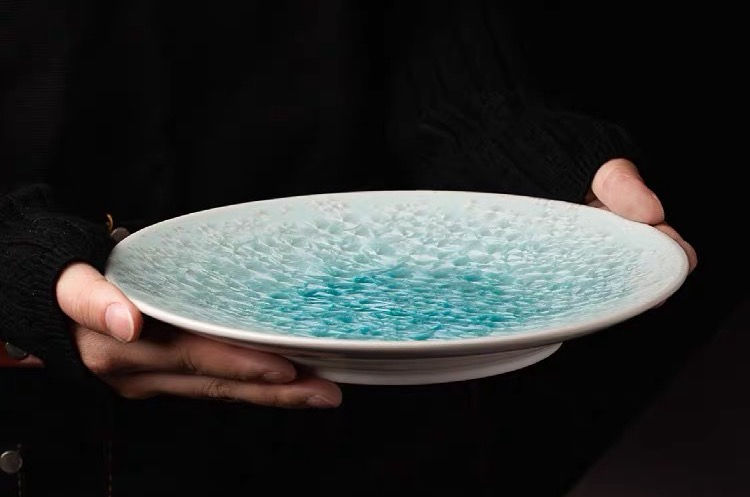Innovating Sustainability: The Rise of Straw and Rice Husk Tableware
- Yuxin Qi
- Jan 19, 2024
- 2 min read
Updated: Jan 24, 2024

In an era where environmental consciousness is at the forefront, the emergence of innovative and eco-friendly tableware has gained significant traction. Straw tableware and rice husk tableware stand out as pioneering solutions, utilizing discarded agricultural materials to create a range of disposable products. This not only addresses the issue of agricultural waste but also reduces reliance on traditional plastic and paper-based tableware.
Straw Tableware: A Natural Harmony of Form and Function
Crafted from discarded straw materials such as straw and wheat straw, straw tableware undergoes a specialized processing and manufacturing process. This results in the creation of disposable items like lunch boxes, utensils, and cups. Notable for its natural, degradable, and recyclable characteristics, straw tableware also possesses a degree of toughness and heat resistance, making it well-suited for single-use dining experiences.
Rice Husk Tableware: Harnessing Nature's Byproduct
Rice husk tableware takes advantage of the byproduct generated from rice processing. Through innovative treatment and processing techniques, rice husks are transformed into disposable items, including bowls, plates, and chopsticks. These tableware products are recognized for their lightweight nature, durability, and biodegradability, simultaneously reducing the demand for conventional wood or plastic alternatives.
Pioneering Companies in Sustainable Tableware
Several companies have emerged as trailblazers in the production of straw and rice husk tableware:
1. World Centric: A leader in eco-friendly tableware, World Centric offers a diverse range of degradable and recyclable products, including tableware made from crop waste like straw and rice husk.
2. Bambu: Specializing in environmentally friendly tableware and daily essentials, Bambu introduces tableware products manufactured from natural materials, such as straw lunch boxes and rice husk bowls.
3. Green Pack: An Australian supplier dedicated to environmentally friendly tableware, Green Pack provides disposable options made from crop waste like rice husks and straws, including rice husk cups and straw cutlery.
Future Trends and Sustainability Outlook
Straw and rice husk tableware are poised for continued growth in the sustainable tableware market. As global awareness regarding environmental protection and sustainability rises, the demand for eco-friendly alternatives is expected to surge. Anticipated trends suggest an increasing number of tableware companies adopting sustainable materials, further contributing to a greener dining landscape.
Considering the Price Landscape
The cost of straw and rice husk tableware is subject to factors such as raw material expenses, production processes, and supply-demand dynamics. Typically, these eco-friendly options may come with a slightly higher price tag compared to traditional disposable tableware. However, advancements in technology and a growing market demand hold the potential for cost reduction through streamlined production and optimized supply chains.
Starbucks' Initiative: PLA Disposable Tableware and UK Plastic Regulations
Notably, global coffee giant Starbucks has embraced sustainability through its adoption of PLA (polylactic acid) disposable tableware. PLA is a bioplastic derived from renewable resources like cornstarch or sugarcane, offering an eco-friendly alternative to traditional plastic. This move aligns with evolving environmental regulations, particularly in the UK, where restrictions on single-use plastics are gaining momentum.
In conclusion, the journey towards sustainability in the tableware industry is marked by the innovation of straw and rice husk alternatives. These eco-friendly options not only address environmental concerns but also pave the way for a future where dining experiences are harmonized with nature, one disposable utensil at a time.
Comments